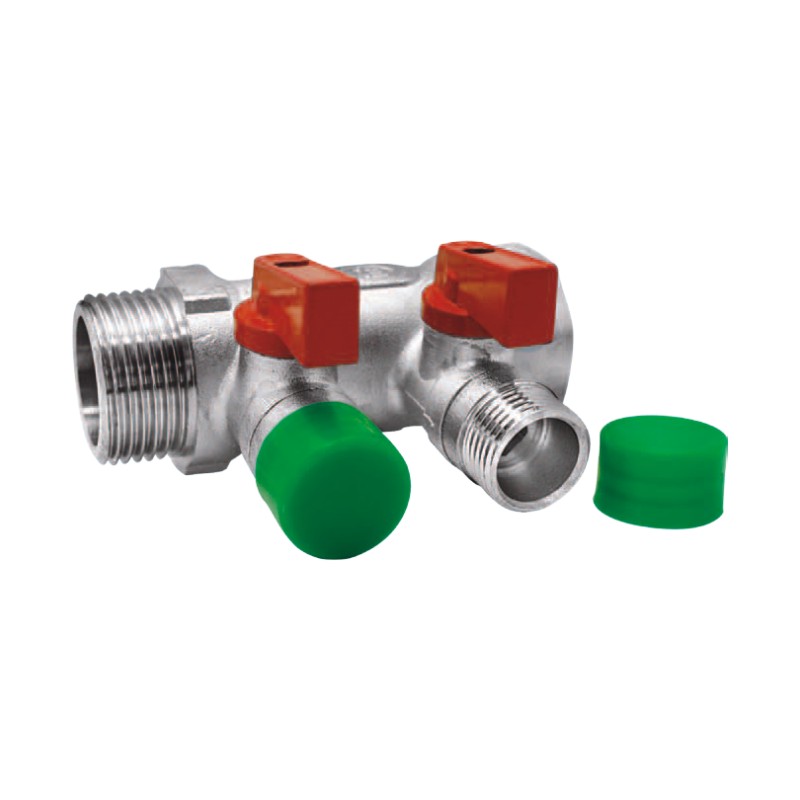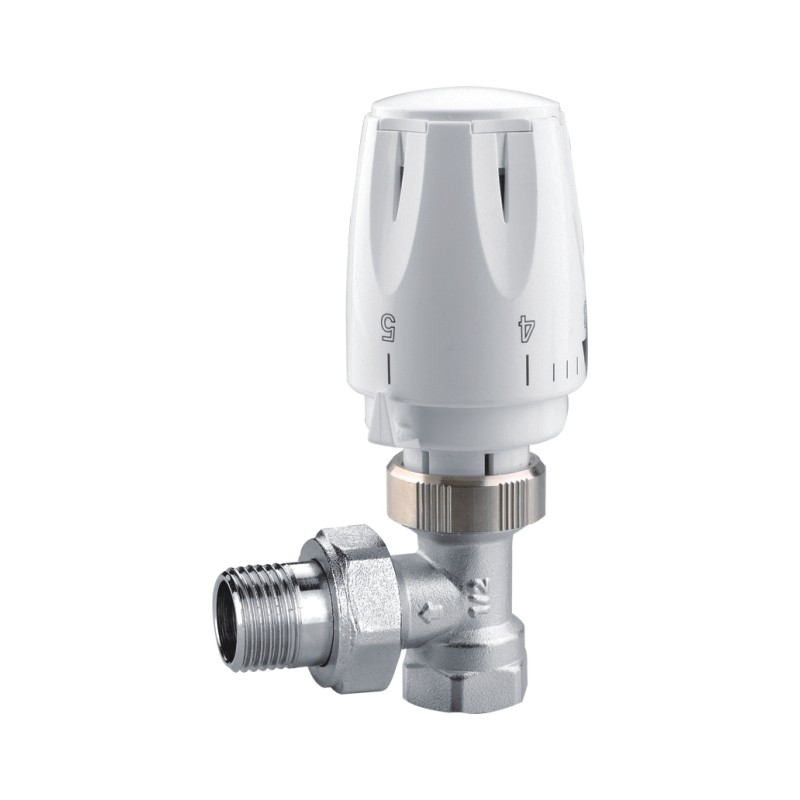The world of industrial processes relies heavily on fluid control to ensure the smooth operation of various systems. Whether it's in manufacturing, chemical processing, water treatment, or countless other industries, the ability to regulate the flow of liquids and gases is paramount. Enter process valves – unsung heroes that play a crucial role in this delicate balancing act.
This comprehensive guide will delve deep into process valves, exploring their types, applications, working principles, and the importance of precise fluid control in modern industries. This is why it’s essential to choose the best quality process valves & flow control to achieve fluid control. Brass Bushings

Process valves are mechanical devices used to control the flow of fluids (liquids and gases) within a system. They can start, stop, or modulate the flow, making them indispensable components in various industrial applications. Think of them as gatekeepers who manage the movement of fluids through pipelines, ensuring efficiency, safety, and reliability.
Function: Gate valves are primarily used for on/off control and are known for their low-pressure drop.
Applications: Commonly found in water and sewage systems and oil and gas pipelines.
Pros: Low-pressure loss, suitable for large pipe sizes.
Cons: Slow operation, not suitable for throttling.
Function: Ball valves use a spherical closure to start, stop, or throttle flow.
Applications: Versatile and used in various industries, from petrochemicals to pharmaceuticals.
Pros: Quick operation, tight shutoff, suitable for high-pressure applications.
Function: Butterfly valves regulate flow using a flat, circular disc mounted on a shaft.
Applications: Commonly used in HVAC systems, water treatment, and food processing.
Pros: Compact design, cost-effective, lightweight.
Cons: Limited high-temperature applications, not ideal for high-pressure systems.
Function: Check valves allow fluid to flow in one direction, preventing backflow.
Applications: Used in pumps, compressors, and systems where backflow must be avoided.
Pros: Simple design, low maintenance.
Cons: Limited control capabilities can create a pressure drop.
Function: Needle valves provide fine control over flow rate by using a long, tapered needle to restrict flow.
Applications: Precision instruments, analytical devices, and hydraulic systems.
Pros: Excellent flow control and precise adjustments.
Cons: Limited to low to medium pressure and temperature applications.
Function: Control valves modulate flow based on signals from a control system.
Applications: Crucial in industries where precise fluid control is essential, such as chemical processing and power generation.
Pros: Precise control, versatile, can handle various flow conditions.
Cons: Complex setup maintenance requirements.
These are just a few examples of the vast array of process valves available. The choice of valve type depends on factors such as the nature of the fluid, pressure and temperature conditions, and the desired level of control.
To understand the inner workings of process valves, let's look at two common types: gate and ball valves.
When the valve is fully open, the gate (a flat, wedge-shaped disc) is lifted, allowing unrestricted flow.
Turning the valve handle or actuator lowers the gate, gradually blocking the flow until it is completely closed.
The advantage of gate valves lies in their minimal pressure drop when fully open. However, they are not suitable for precise flow control.
Ball valves feature a hollow, perforated sphere (the ball) that can pivot within the valve body.
When the ball is aligned with the flow direction, the valve is fully open, allowing unimpeded flow.
Rotating the ball 90 degrees using the valve handle or actuator obstructs the flow, resulting in a closed position.
The simplicity and speed of operation make ball valves a popular choice, especially for applications where quick shutoff is critical.
In the world of industrial processes, precision is paramount. Even a slight deviation in fluid flow can lead to inefficiencies, product defects, safety hazards, or environmental concerns. Here's why achieving precise fluid control with process valves is crucial:
Accurate fluid flow control ensures systems operate optimally, reducing energy consumption and costs.
Maintaining precise flow rates in industries like pharmaceuticals and food processing is essential to produce high-quality products.
Process valves play a critical role in safety systems, preventing overpressure and ensuring the containment of hazardous materials.
Proper fluid control minimises waste, reducing the environmental footprint of industrial processes.
Precise fluid control can save significant costs by preventing leaks, optimising processes, and reducing downtime.
While process valves are instrumental in achieving fluid control, they are not without challenges. Here are some common issues that engineers and operators encounter:
Cavitation occurs when rapid changes in fluid pressure create vapour bubbles that implode, causing damage to valve components and reducing efficiency.
Over time, the constant flow of abrasive or corrosive fluids can wear down valve materials, leading to leaks and reduced performance.
High fluid velocities and pressure drops can generate noise and vibration, affecting the durability of valves and nearby equipment.
Process valves, especially control valves, require regular maintenance to function correctly. This can lead to downtime and increased operational costs.
To address these challenges and enhance fluid control, engineers and manufacturers have developed innovative solutions:
Incorporating sensors and actuators into valves allows for remote monitoring, predictive maintenance, and automated adjustments, reducing downtime and improving efficiency.
Using materials resistant to erosion and corrosion can extend the lifespan of valves, reducing maintenance costs.
Engineers design valves with features to mitigate cavitation, such as unique trim designs and flow restrictions.
Acoustic insulation and anti-vibration solutions can minimise noise and vibration associated with high-velocity flows.
Process valves are the unsung heroes of modern industrial processes, ensuring the delicate balance of fluid control. Whether it's maintaining product quality, enhancing safety, or reducing energy consumption, these valves play a pivotal role. As technology advances, we can expect even more innovative solutions to address the challenges in fluid control, making industrial processes more efficient, sustainable, and reliable. So, the next time you turn on a faucet, remember the complex world of process valves working tirelessly behind the scenes to make it all happen.

Bf Valve Bf Concern: Duplicate Offensive I disagree Copyright Violation Adult Content